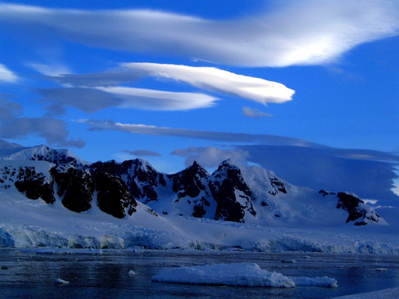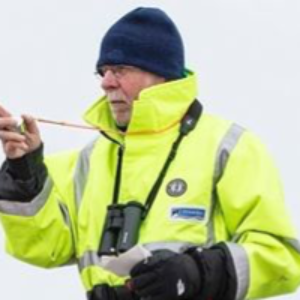Conservation and Biodiversity
Is the commitment to conserving Antarctica’s marine ecosystem beginning to melt?
December 15, 2020
Conserving the Antarctic marine ecosystem occurs under the Convention for the Conservation of Antarctic Marine Living Resources (CCAMLR), which just concluded its 39th annual meeting, albeit virtually. This year’s meeting clearly reveals a seminal inflection point:
Is the Convention providing the unique ecosystem management and conservation its drafters and original signatories intended? Or is it becoming just another fisheries management regime focused on sustaining purely economic outcomes?
The turmoil began this past summer, when it became unclear whether the regular October meetings of, first, the Convention’s Scientific Committee and, then, of the Commission comprised of member countries would take place. They eventually did, though the Scientific Committee was forced into shortened informal sessions and, unfortunately, could not deliver a fully agreed upon report to the Commission. The Commission then met for four days marked by member countries not finding consensus on key issues:
- No agreement to further advance the scientific study of the collapsing Pine Island glacier.
- No agreement on additional Marine Protected Areas, despite increasing support.
- Extended debate, but no formal listing of a Russian vessel undertaking illegal, unreported and unregulated fishing.
One year from now, the primary conservation measure governing overall catches of krill (key prey for penguins, whales and seals) comes up for formal review. Last fishing season, the catch of krill was the largest ever reported in the Scotia Sea and Antarctic Peninsula. What’s more, fishermen are scooping up tonnage faster and more efficiently than ever before (in the Peninsula, 60 days faster to reach allowable allotments last season than in the previous 5 seasons). In anticipation, CCAMLR member countries and the Antarctic scientific community must gear up and ensure that the best scientific data and information are submitted, reviewed and discussed to ensure the ongoing conservation of Antarctica’s marine ecosystem.

Oceanites’ latest State of Antarctic Penguins report reveals that penguin populations are changing throughout the Antarctic Peninsula as the Adélie and Chinstrap penguins are declining and Gentoo penguins are increasing. We at Oceanites are focused on distinguishing the interactive effects of climate change vis-à-vis human activities and other causes that might explain what we’re detecting and seeing. All of this research, whether administered by member governments, independent researchers, stakeholders like the fishing and tourism industries or NGOs becomes the underpinning for sound, long-term conservation.
My plea is not to advocate any particular conservation measure, but to encourage the Antarctic scientific and diplomatic communities to engage, cooperate and make available to the CCAMLR working groups by next summer the most up-to-date scientific data and information, which hopefully will enable revised conservation measures needed to advance the unique ecosystem conservation CCAMLR was intended to provide.
You can support the continuation of scientific research to guide conservation efforts for critical marine ecosystems such as Antarctica’s by checking out EARTHDAY.ORG’s Conservation and Biodiversity campaign, and by becoming an EARTHDAY.ORG Member.

